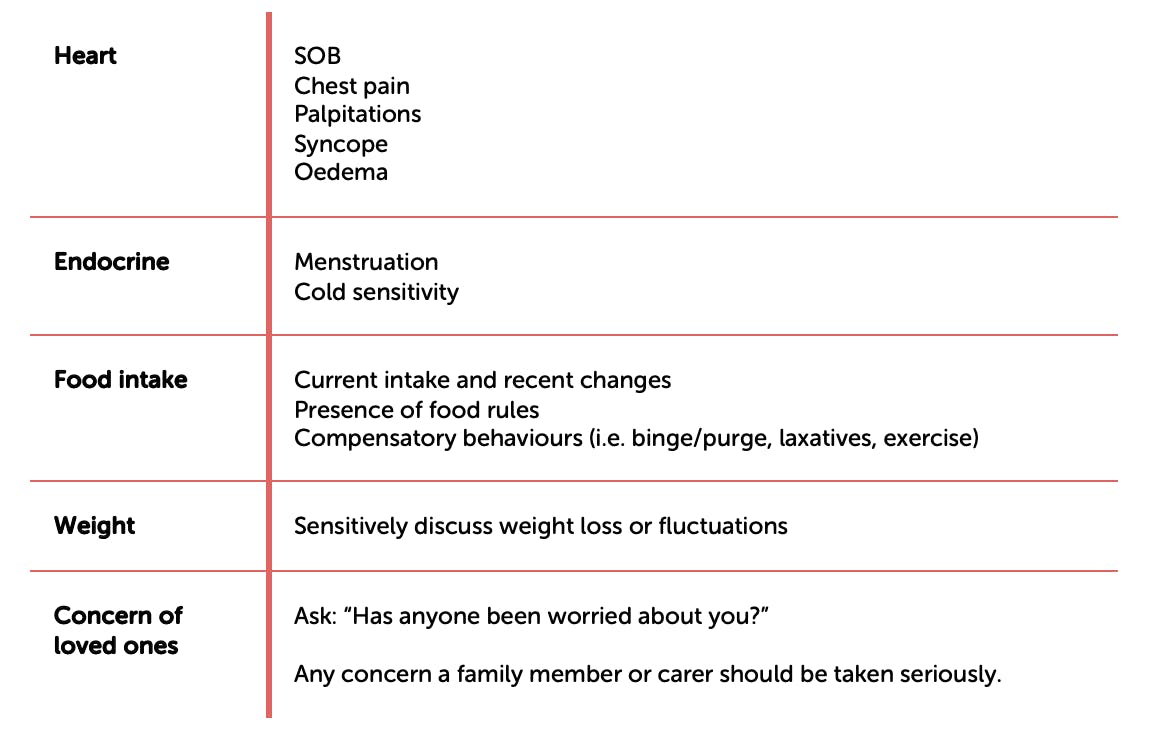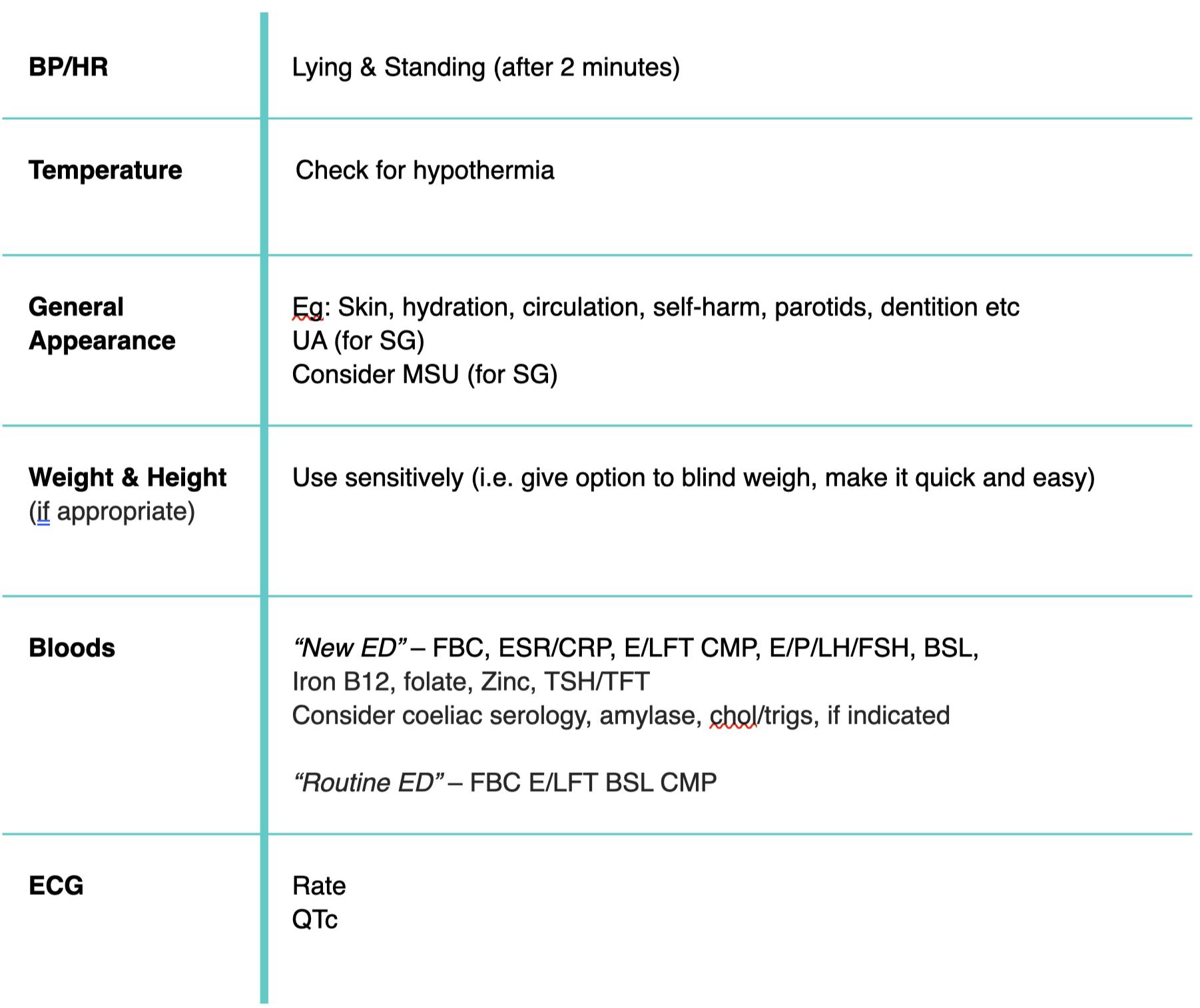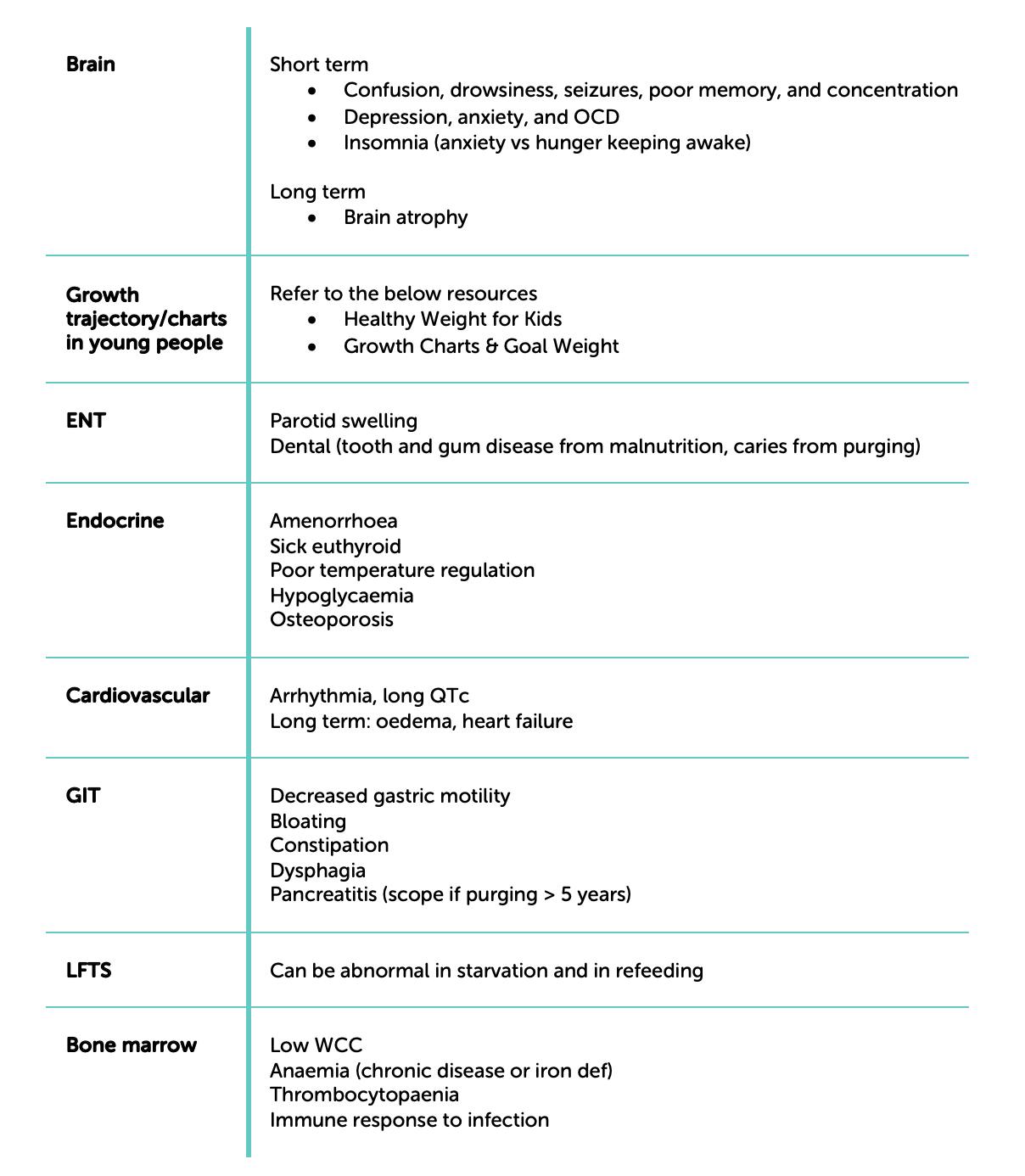InsideOut eLearning
Learn more about eating disorders with our suite of online courses for health professionals.
eLearning
Severe & Enduring Anorexia Nervosa
Severe and enduring anorexia nervosa (SE-AN) is an incredibly challenging illness(1), which has one of the highest mortality rates of any mental illness(2,3).
People with SE-AN have often experienced multiple treatment failures with numerous admissions to both general and specialist medical facilities.
What is SE-AN?
There is currently no consensus on the definition and criteria for SE-AN.
The average illness duration for anorexia nervosa is 2 to 5 years, therefore SE-AN extends beyond this in terms of duration of illness.
However, more research on the duration of illness, number of treatment failures, medical instability, ability to maintain function and quality of life, weight and other specifics are required for a clear definition of SE-AN to be determined(4).
Treatment Principles
For a person living with SE-AN, the idea of ceasing eating disorder behaviours or achieving weight restoration is likely to be unrealistic and traumatic. These goals could further alienate the person, resulting in avoidance of treatment.
The goal of making a ‘full recovery’ must often be set aside when treating people with SE-AN.
Instead, treatment should be centred on: (4)
- Crises intervention
- Harm minimisation
- Improving engagement with an overall focus on improving quality of life
Psychiatrist Prof. Janice Russell explains the harm minimisation approach for people with severe and enduring illnesses.
Maintaining hope
Although making a full ‘recovery’ may not be the objective of treatment, it is vital that the clinician still maintains a hopeful stance for improvement(1).
Any indication from the clinician that the person will ‘never recover’ or are ‘untreatable’ will be severely damaging to the person’s motivation to make change and will impact their likelihood of seeking further treatment.
Maintaining hope for improvement, especially when the person or the family/carer has lost hope, is crucial to instilling motivation to change and is crucial to effective treatment.
Long-term medical monitoring
Treatment in an outpatient setting may involve working on improving quality of life and minimising eating disorder symptoms, whilst stabilising medical markers. There may be very little or no focus on weight.
Conduct monitoring regularly, depending on severity of illness.
What to do:
Rapidly Assess Risk:

Physical Exam:

After the initial assessment, more comprehensive medical investigations can be undertaken at follow up appointments.
Work your way through these investigations at a pace that works for you and your patient.

Hospitalisation
People with SE-AN should be treated as per the continuum of care, whereby each person is treated in the least restrictive environment according to their needs.
Hospitalisation should only occur due to medical instability and psychiatric risk, or the urgent need for nutritional rehabilitation(1).
If hospitalisation is required, it is important that inpatient hospital staff are prepared to negotiate flexible and tailored admissions for people with SE-AN.
Treatment in a hospital setting for people with SE-AN may involve1:
- Time limited admissions to restore medical stability
- Less frequent weigh-ins, as weight may not necessarily be a primary outcome measure
- Flexible supervision options such as possible supervision around eating & behaviours dependent on the individuals needs and goals
- Flexible ‘leave’ arrangements, to maintain a sense of quality of life and normality, which will enhance engagement in treatment
- Flexible meal plan requirements according to the goals of treatment and tailored to what is safer and easier for the individual to eat
- Clear requirements for medical stability and medical monitoring
Involuntary Admissions
Unfortunately, many people with SE-AN may deteriorate to the point of requiring an involuntary hospital admission.
Involuntary admissions for people with SE-AN should be of short duration with a specific focus on medical stability and or urgent nutritional rehabilitation.
It is important that a collaborative and transparent discussion around the individual’s treatment options are facilitated.
Most individuals with SE-AN do not wish to die, and therefore if they can comprehend the seriousness of their medical risk (or risk of death) then they may agree to a short duration admission for medical stability.
Understanding people with SE-AN
Many people with SE-AN:4
- Are motivated to improve their quality of life
- Cannot comprehend the concept of making a full ‘recovery’ from AN
- Do not wish to die, and will agree to hospitalisation and treatment to ensure medical stability
- Have experienced many different treatment options and treatment teams and have lost hope in their effectiveness
- Are open to developing a supportive and therapeutic relationship with clinicians that are able to work outside of the standardised treatment paradigm
- Are capable of making small incremental changes towards improving their health and wellbeing